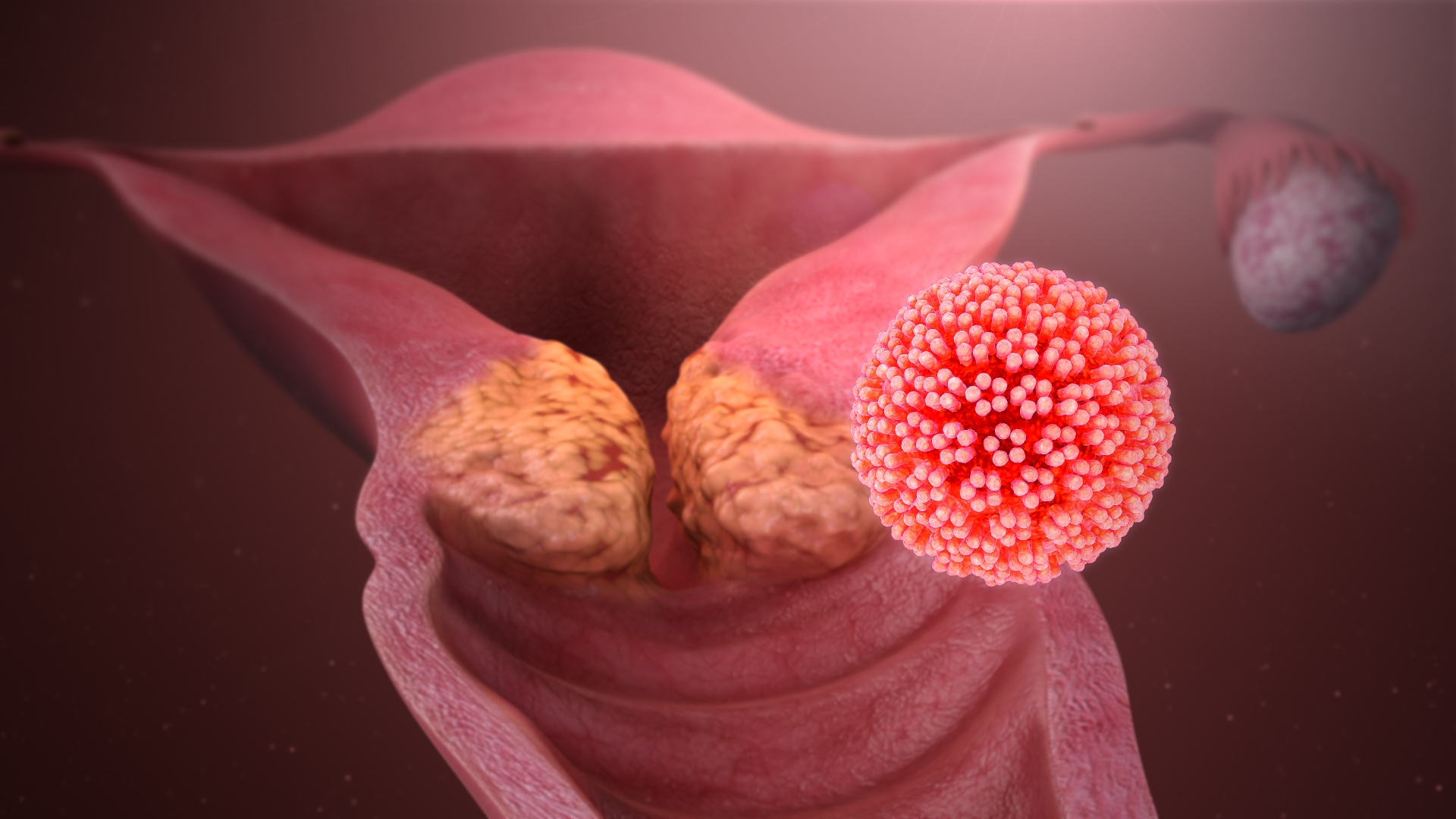|
Cortical Dysplasia
Focal cortical dysplasia (FCD) is a congenital abnormality of brain development where the neurons in an area of the brain failed to migrate in the proper formation ''in utero''. ''Focal'' means that it is limited to a focal zone in any lobe. Focal cortical dysplasia is a common cause of intractable epilepsy in children and is a frequent cause of epilepsy in adults. There are three types of FCD with subtypes, including type 1a, 1b, 1c, 2a, 2b, 3a, 3b, 3c, and 3d, each with distinct histopathological features. All forms of focal cortical dysplasia lead to disorganization of the normal structure of the cerebral cortex: * Type 1 FCD exhibits subtle alterations in cortical lamination. * Type 2a FCD exhibits neurons that are larger than normal that are called dysmorphic neurons (DN). FCD type 2b exhibits complete loss of laminar structure, and the presence of DN and enlarged cells are called balloon cells (BC) for their large elliptical cell body shape, laterally displaced nucleus, an ... [...More Info...] [...Related Items...] OR: [Wikipedia] [Google] [Baidu] |
Medical Genetics
Medical genetics is the branch of medicine that involves the diagnosis and management of hereditary disorders. Medical genetics differs from human genetics in that human genetics is a field of scientific research that may or may not apply to medicine, while medical genetics refers to the application of genetics to medical care. For example, research on the causes and inheritance of genetic disorders would be considered within both human genetics and medical genetics, while the diagnosis, management, and counselling people with genetic disorders would be considered part of medical genetics. In contrast, the study of typically non-medical phenotypes such as the genetics of eye color would be considered part of human genetics, but not necessarily relevant to medical genetics (except in situations such as albinism). ''Genetic medicine'' is a newer term for medical genetics and incorporates areas such as gene therapy, personalized medicine, and the rapidly emerging new medical specia ... [...More Info...] [...Related Items...] OR: [Wikipedia] [Google] [Baidu] |
Vascular Malformation
A vascular malformation is a type of vascular anomaly. They may cause aesthetic problems as they have a growth cycle, and can continue to grow throughout life. Vascular malformations of the brain include those involving capillaries, and those involving the veins and arteries. Capillary malformations in the brain are known as cerebral cavernous malformations or ''capillary cavernous malformations''. Those involving the mix of vessels are known as cerebral arteriovenous malformations (AVMs or cAVMs). The arteriovenous type is the most common in the brain. Types The International Society for the Study of Vascular Anomalies (ISSVA) classification has 5 types of Vascular Malformation. * denotes high-flow malformation Vascular malformations can also be divided into ''low-flow'' and ''high-flow'' types. Low-flow malformations involve a single type of blood or lymph vessel, and are known as ''simple vascular malformations''; high-flow malformations involve an artery. There are also mal ... [...More Info...] [...Related Items...] OR: [Wikipedia] [Google] [Baidu] |
Educational Therapy
Educational Therapy is a form of therapy used to treat individuals with learning differences, disabilities, and challenges. This form of therapy offers a wide range of intensive interventions that are designed to resolve learners' learning problems. These interventions are individualized and unique to the specific learner. Description This type of therapy helps the student strengthen his/her ability to learn. The student engages in activities that help their academics comprehension, as well as, teach them skills in processing, focusing, and memory. There is a difference between traditional tutoring and educational therapy. Traditional tutoring deals specifically with academics while educational therapy deals with both the processing of information and academics. The educational therapist uses a variety of methodologies and teaching materials to help the student build on his/her academic competency. Processing is the way students think and learn. All students learn differentl ... [...More Info...] [...Related Items...] OR: [Wikipedia] [Google] [Baidu] |
Physical Therapy
Physical therapy (PT), also known as physiotherapy, is a healthcare profession, as well as the care provided by physical therapists who promote, maintain, or restore health through patient education, physical intervention, disease prevention, and health promotion. Physical therapist is the term used for such professionals in the United States, and physiotherapist is the term used in many other countries. The career has many specialties including musculoskeletal, orthopedics, cardiopulmonary, neurology, endocrinology, sports medicine, geriatrics, pediatrics, women's health, wound care and electromyography. PTs practice in many settings, both public and private. In addition to clinical practice, other aspects of physical therapy practice include research, education, consultation, and health administration. Physical therapy is provided as a primary care treatment or alongside, or in conjunction with, other medical services. In some jurisdictions, such as the United Kin ... [...More Info...] [...Related Items...] OR: [Wikipedia] [Google] [Baidu] |
Hemispherectomy
Hemispherectomy is a surgery that is performed by a Neurosurgery, neurosurgeon where an unhealthy Cerebral hemisphere, hemisphere of the brain is disconnected or removed. There are two types of hemispherectomy. ''Functional'' ''hemispherectomy'' refers to when the diseased brain is simply disconnected so that it can no longer send signals to the rest of the brain and body. ''Anatomical hemispherectomy'' refers to when not only is there disconnection, but also the diseased brain is physically removed from the skull. This surgery is mostly used as a treatment for medically intractable epilepsy, which is the term used when Anticonvulsant, anti-seizure medications are unable to control seizures. History The first anatomical hemispherectomy was performed and described in 1928 by Walter Dandy. This was done as an attempt to treat glioma, a brain tumor. The first known anatomical hemispherectomy performed as a treatment for intractable epilepsy was in 1938 by Kenneth McKenzie, a Canadi ... [...More Info...] [...Related Items...] OR: [Wikipedia] [Google] [Baidu] |
Human Papillomavirus Infection
Human papillomavirus infection (HPV infection) is caused by a DNA virus from the ''Papillomaviridae'' family. Many HPV infections cause no symptoms and 90% resolve spontaneously within two years. In some cases, an HPV infection persists and results in either warts or precancerous lesions. All warts are caused by HPV. These lesions, depending on the site affected, increase the risk of cancer of the cervix, vulva, vagina, penis, anus, mouth, tonsils, or throat. Nearly all cervical cancer is due to HPV, and two strains – HPV16 and HPV18 – account for 70% of all cases. HPV16 is responsible for almost 90% of HPV-positive oropharyngeal cancers. Between 60% and 90% of the other cancers listed above are also linked to HPV. HPV6 and HPV11 are common causes of genital warts and laryngeal papillomatosis. An HPV infection is caused by the ''human papillomavirus'', a DNA virus from the papillomavirus family. Over 200 types have been described. An individual can become infected w ... [...More Info...] [...Related Items...] OR: [Wikipedia] [Google] [Baidu] |
DEPDC5
DEPDC5 (or DEP domain-containing 5) is a human protein of poorly understood function but has been associated with cancer in several studies. It is encoded by a gene of the same name, located on chromosome 22. Function The function of DEPDC5 is not yet known, but it has been implicated in intracellular signal transduction based on homology between the DEP domains of DEPDC5 and Dishevelled-1 (DVL1). Mutations in this gene have been associated to cases of focal epilepsy (doi:10.1038/ng.2601). Gene In ''Homo sapiens'', the DEPDC5 gene has been localized to the long arm of chromosome 22, 22q12.2-q12.3, between the PRRL14 and YWHAH genes. The clinical relevance of this gene includes an intronic Single Nucleotide Polymorphism, SNP (rs1012068) that has been associated with a 2-fold hepatocellular carcinoma-risk increase. Structure Domains DEP The DEP domain derives its name from the proteins Dishevelled, Egl-10 and Pleckstrin, each of which contain a variant of this domain. It sp ... [...More Info...] [...Related Items...] OR: [Wikipedia] [Google] [Baidu] |
PI3K/AKT/mTOR Pathway
The PI3K/AKT/mTOR pathway is an intracellular signaling pathway important in regulating the cell cycle. Therefore, it is directly related to cellular quiescence, proliferation, cancer, and longevity. PI3K activation phosphorylates and activates AKT, localizing it in the plasma membrane. AKT can have a number of downstream effects such as activating CREB, inhibiting p27, localizing FOXO in the cytoplasm, activating PtdIns-3ps, and activating mTOR which can affect transcription of p70 or 4EBP1. There are many known factors that enhance the PI3K/AKT pathway including EGF, shh, IGF-1, insulin, and calmodulin. Both leptin and insulin recruit PI3K signalling for metabolic regulation. The pathway is antagonized by various factors including PTEN, GSK3B, and HB9. In many cancers, this pathway is overactive, thus reducing apoptosis and allowing proliferation. This pathway is necessary, however, to promote growth and proliferation over differentiation of adult stem cells, neura ... [...More Info...] [...Related Items...] OR: [Wikipedia] [Google] [Baidu] |
MTOR
The mammalian target of rapamycin (mTOR), also referred to as the mechanistic target of rapamycin, and sometimes called FK506-binding protein 12-rapamycin-associated protein 1 (FRAP1), is a kinase that in humans is encoded by the ''MTOR'' gene. mTOR is a member of the phosphatidylinositol 3-kinase-related kinase family of protein kinases. mTOR links with other proteins and serves as a core component of two distinct protein complexes, mTOR complex 1 and mTOR complex 2, which regulate different cellular processes. In particular, as a core component of both complexes, mTOR functions as a serine/threonine protein kinase that regulates cell growth, cell proliferation, cell motility, cell survival, protein synthesis, autophagy, and transcription. As a core component of mTORC2, mTOR also functions as a tyrosine protein kinase that promotes the activation of insulin receptors and insulin-like growth factor 1 receptors. mTORC2 has also been implicated in the control and maintenanc ... [...More Info...] [...Related Items...] OR: [Wikipedia] [Google] [Baidu] |
Mechanistic Target Of Rapamycin
The mammalian target of rapamycin (mTOR), also referred to as the mechanistic target of rapamycin, and sometimes called FK506-binding protein 12-rapamycin-associated protein 1 (FRAP1), is a kinase that in humans is encoded by the ''MTOR'' gene. mTOR is a member of the phosphatidylinositol 3-kinase-related kinase family of protein kinases. mTOR links with other proteins and serves as a core component of two distinct protein complexes, mTOR complex 1 and mTOR complex 2, which regulate different cellular processes. In particular, as a core component of both complexes, mTOR functions as a serine/threonine protein kinase that regulates cell growth, cell proliferation, cell motility, cell survival, protein synthesis, autophagy, and transcription. As a core component of mTORC2, mTOR also functions as a tyrosine protein kinase that promotes the activation of insulin receptors and insulin-like growth factor 1 receptors. mTORC2 has also been implicated in the control and mainten ... [...More Info...] [...Related Items...] OR: [Wikipedia] [Google] [Baidu] |
Rapamycin
Sirolimus, also known as rapamycin and sold under the brand name Rapamune among others, is a macrolide compound that is used to coat coronary stents, prevent organ rejection, organ transplant rejection, treat a rare lung disease called lymphangioleiomyomatosis, and treat perivascular epithelioid cell tumour (PEComa). It has immunosuppressant functions in humans and is especially useful in preventing the rejection of kidney transplants. It is a mammalian target of rapamycin (mTOR) kinase inhibitor that reduces the sensitivity of T cells and B cells to interleukin-2 (IL-2), inhibiting their activity. This compound also has a use in cardiovascular drug-eluting stent technologies to inhibit restenosis. It is produced by the bacteria, bacterium ''Streptomyces hygroscopicus'' and was isolated for the first time in 1972, from samples of ''Streptomyces hygroscopicus'' found on Easter Island. The compound was originally named rapamycin after the native name of the island, Rapa Nui. Siro ... [...More Info...] [...Related Items...] OR: [Wikipedia] [Google] [Baidu] |





